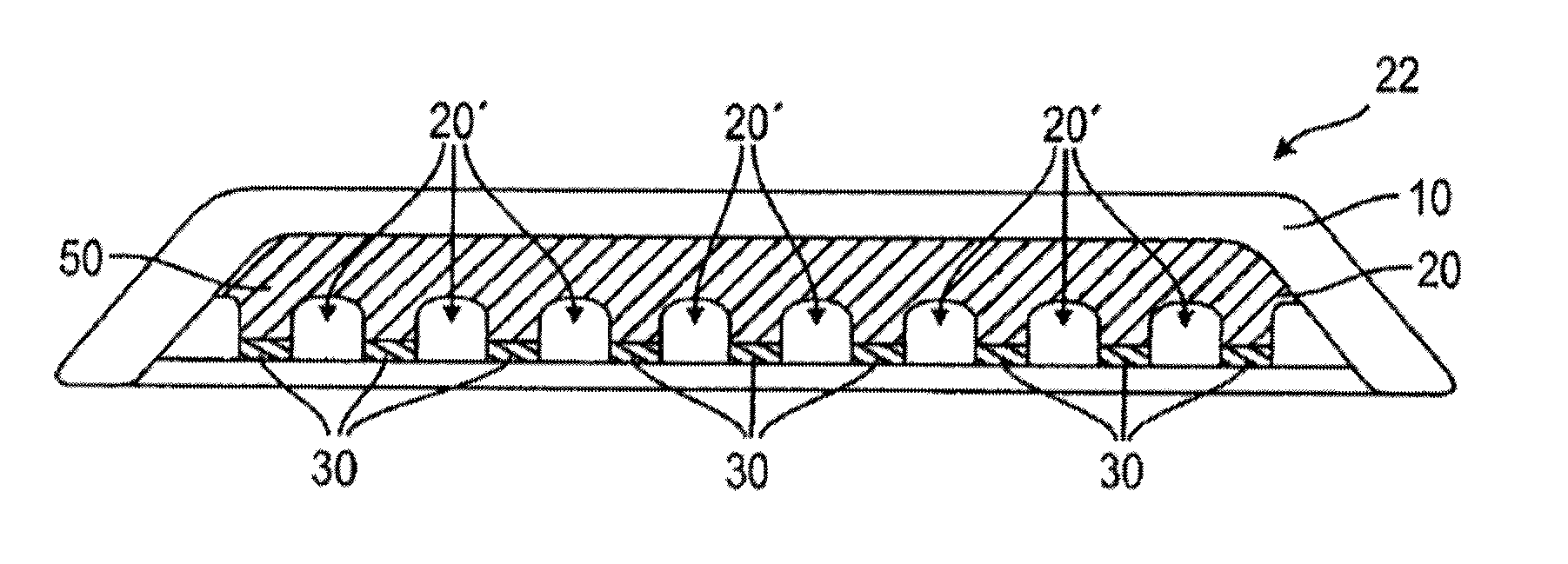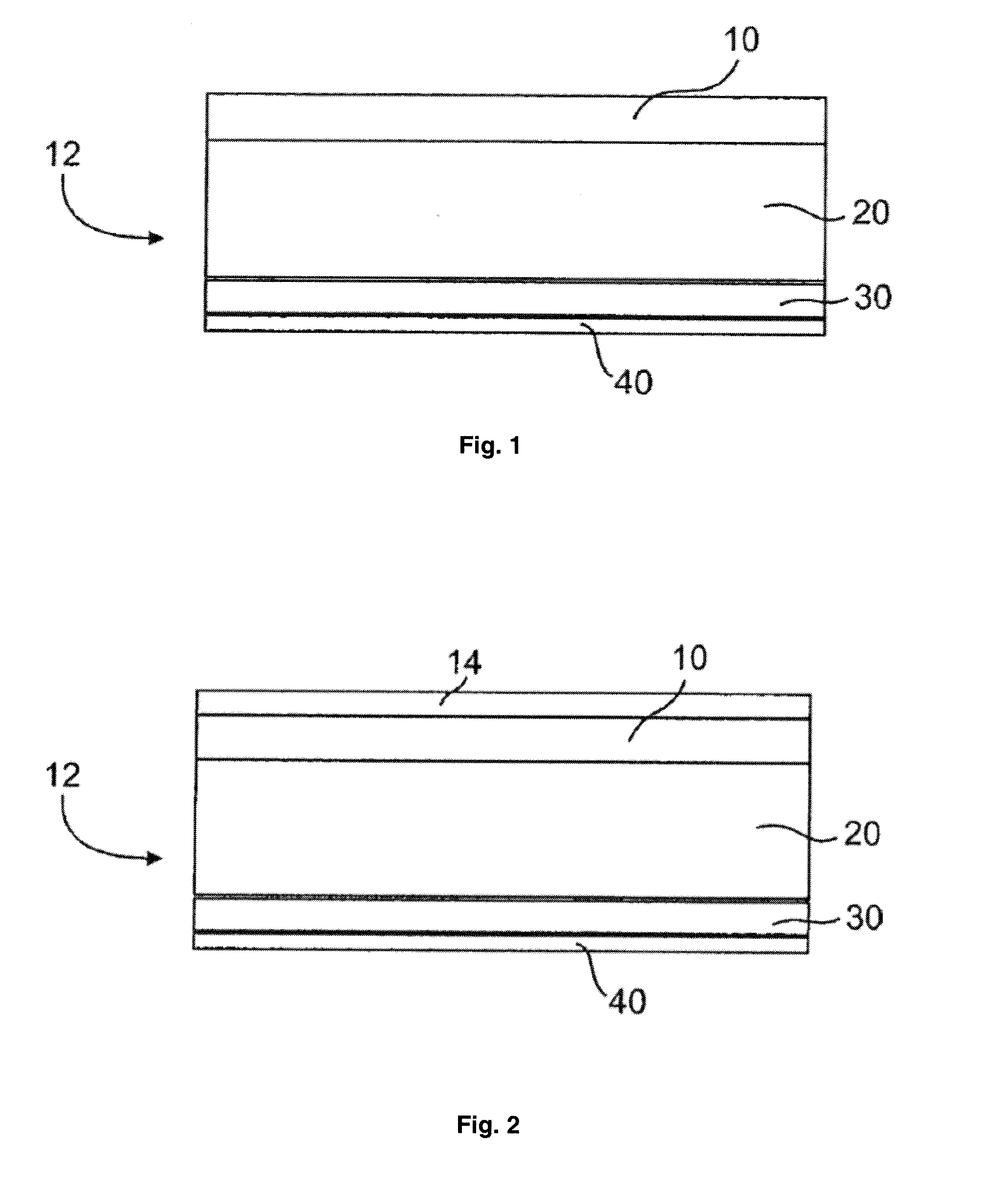Textile Composite Material Comprising Nanofiber Nonwoven
a composite material and nanofiber technology, applied in the field of textile composite materials comprising nanofiber nonwoven, can solve the problems of hardly or not being able to extract particles of noxious substances, negative impact on the absorbency and retention ability of superabsorbents, etc., and achieve the effect of increasing the proportion of noxious substances removed and improving the decontamination
- Summary
- Abstract
- Description
- Claims
- Application Information
AI Technical Summary
Benefits of technology
Problems solved by technology
Method used
Image
Examples
Embodiment Construction
[0092]The innovation is now described with reference to the drawings, wherein like reference numerals are used to refer to like elements throughout. In the following description, for purposes of explanation, numerous specific details are set forth in order to provide a thorough understanding thereof. It may be evident, however, that the innovation can be practiced without these specific details. In other instances, well-known structures and devices are shown in block diagram form in order to facilitate a description thereof.
[0093]Typically, a decontamination of the skin after contact with noxious substances by intensive washing using different detergents and solvents, does not extract particles of noxious substances which have already penetrated the hair follicles or the upper skin cell layer, i.e. the upper corneocytes of the stratum corneum, which constitute a long-term reservoir for topically applied substances. Usually, hair follicles act as a long-term reservoir for topically a...
PUM
| Property | Measurement | Unit |
|---|---|---|
| diameter | aaaaa | aaaaa |
| diameter | aaaaa | aaaaa |
| diameter | aaaaa | aaaaa |
Abstract
Description
Claims
Application Information
 Login to View More
Login to View More - R&D
- Intellectual Property
- Life Sciences
- Materials
- Tech Scout
- Unparalleled Data Quality
- Higher Quality Content
- 60% Fewer Hallucinations
Browse by: Latest US Patents, China's latest patents, Technical Efficacy Thesaurus, Application Domain, Technology Topic, Popular Technical Reports.
© 2025 PatSnap. All rights reserved.Legal|Privacy policy|Modern Slavery Act Transparency Statement|Sitemap|About US| Contact US: help@patsnap.com



